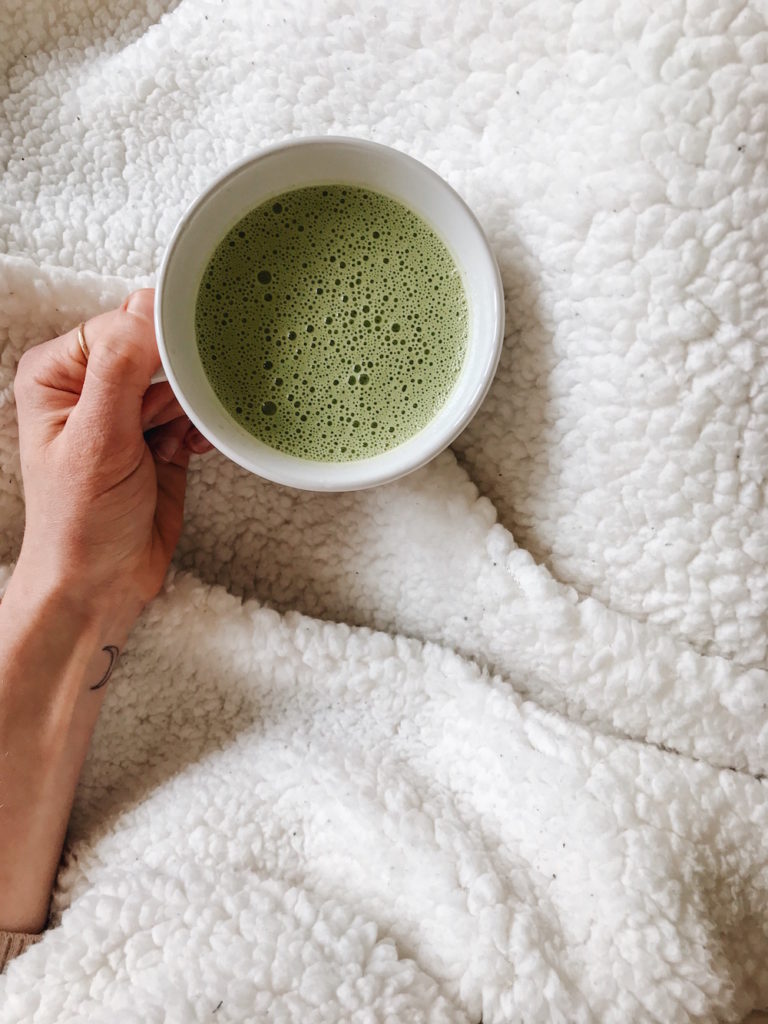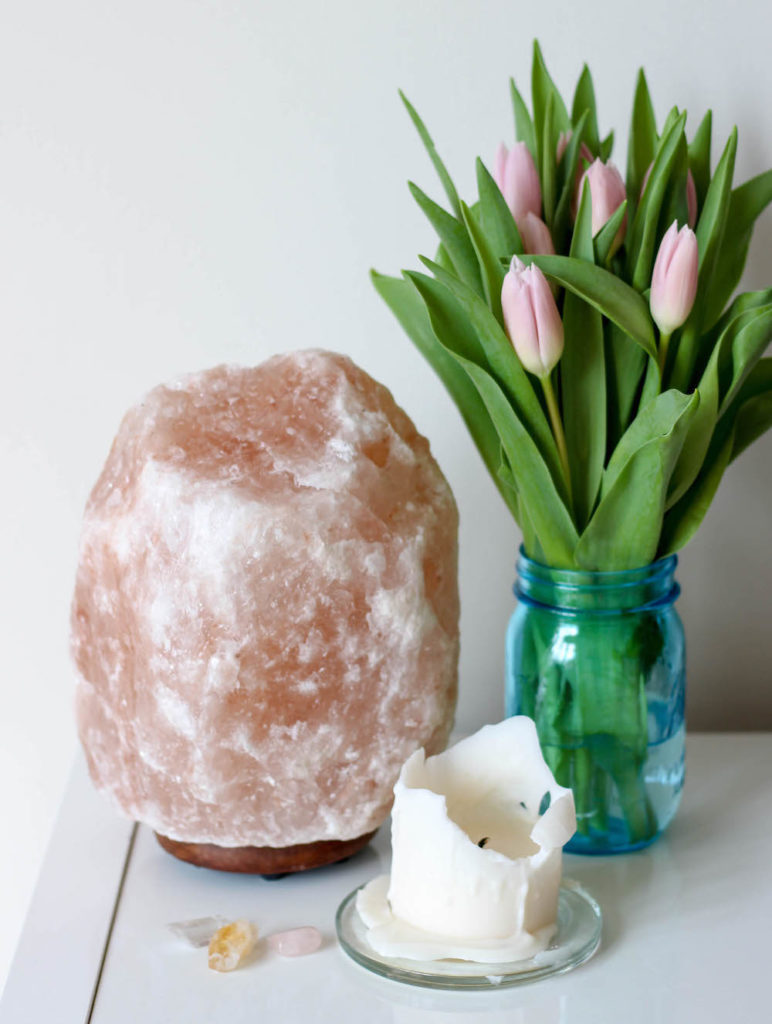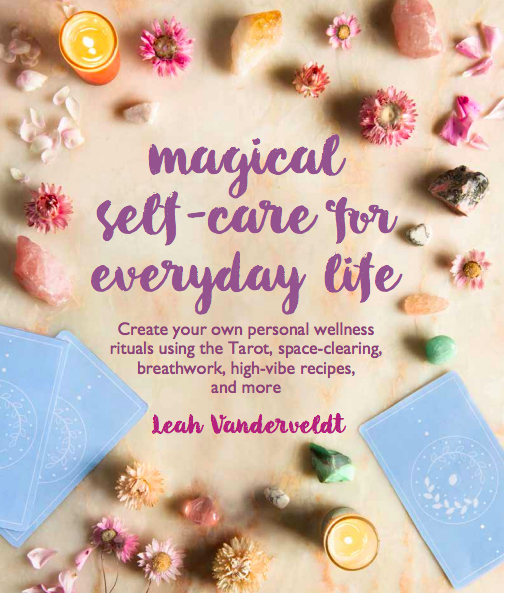How to Meditate in the Morning: 5 Easy Ways to Do It
I’m pretty sure I don’t need to build a case for meditation. You’ve likely seen and read news stories how it can reduce stress and anxiety, can ease pain, and can help you focus. Meditation has gone mainstream — which is amazing. This ancient tool is completely free, easy to do, and always available to you. So why aren’t we taking advantage of it more?
I get it. You feel like you don’t do it right, that you don’t have enough time, and that only two minutes won’t give you the benefits you need anyway. Let’s talk these out. First of all, you’re not doing it “wrong” even if you sit there thinking about what you’re going to have for breakfast the entire time (I’ve been there). Second, get off Facebook, get off Instagram, put your phone down — poof, you have time. Third, even just two minutes CAN make a difference and you might even be able to manage five — or even 10 (!) — if you commit to putting your phone down for those first two minutes.
Listen, I’m not perfect at any of this either, I’m making all of those arguments above to myself half of the time. But the most important reminder that I have to give myself is that meditating most mornings has made a huge difference in my life. Some personal benefits I’ve experienced from meditation are:
- It makes me more aware of how I’m feeling and able to identify my emotions
- It slows down my naturally fiery reactions
- It makes my digestion a million times better
- It makes me feel more appreciative for all the good stuff
- It helps manage my anxiety and stress in a huge way
I don’t walk around on a cloud all day, but I do notice a scattered nagging when I don’t do it. Meditation makes me feel more whole — like all the parts of me that are thinking about a bunch of different things at the same time are working together a little bit more.
So, in an effort to help you get started or deepen your meditation practice, here are five easy ways to do it.
Guided meditation
If you’re totally new to meditation and don’t fully “get it”, I really recommend trying out something like Headspace that walks you through the basics. You can get a free trail that gives you some great tools and baseline meditation knowledge. (And no, this isn’t a Headspace ad, it’s just how I first learned how to meditate.)
Insight Timer is great to use as a … well, timer, but this app also has an extensive guided meditation library. Some are better than others, but once you find the meditations and specific teachers you like, they’ll add a lot to your practice.
Some of my favorite Insight Timer guides are:
- Andrew Johnson
- Rachel Hillary
- Tara Brach
How to do it: Simply listen to a guided meditation with your eyes closed, try to follow along with what the guide tells you to do. They’ll usually focus on breathing, visualization, or your body.
Breath-focused meditation
This straightford and simple technique uses our breathing as a focal point for meditating. It’s the default way I calm myself and settle in, especially if I’m feeling anxious.
How to do it: Count the breaths in on the odd numbers and out on the even numbers up until 10, then start again. It’s harder than it sounds, actually, but simple in technique!
Mantra meditation
Using a mantra to meditate is the basis of methods like Transcendental and Vedic meditation. In these methods, you are given a mantra by your teacher. But you don’t need to pay money or have a teacher to try this method out.
How to do it: Repeat one mantra over and over again in your head. Focusing on (or consistently bringing your attention back to) the mantra instead of your thoughts. This gives your brain space to just be.
A few mantras to try:
- Shanti Hum
- Shree Ram
- Dharma Hum
- Shreem
- Adi Shakti
Please note: These mantras are not meant to appropriate the beliefs of others, but rather help you internally explore how these phrases impact you in your practice.
Body scan
A great way to relax your body, find out where you’re storing stress, tune into your body, and release.
How to do it: Breathing steadily and starting with your toes, focus on your toes and how they feel, tense the muscles in your toes, then relax them. Move up to your ankles, doing the same focusing, tensing the muscles, and relaxing. Move up through your shins, thighs, hips, stomach, and so on.
Your morning coffee
This one is my personal favorite. I usually do this in combination with a breath-focused meditation.
Whether you love French press coffee, matcha lattes or some English breakfast tea, make your favorite drink of choice and commit to enjoying it either in silence (WITHOUT your phone) or with some chilled out music playing.
How to do it: Sit comfortably without distractions, take a few deep breaths, and focus on your drink — how it tastes, the temperature (I find something warm makes this ritual more soothing), how it feels when you’re drinking it. Just by making your morning (or anytime) caffeine hit more mindful, you’re engaging in a type of meditation.
How Long should you meditate for?
A lot of schools of thought say 20 minutes, preferably twice a day. Personally, I aim for 10 minutes of meditation in the morning (and lately I’ve been aiming for another 10 in the afternoon), but I try to take it easy on myself too. If 10 seems like torture for some reason, I talk myself into five and see how it goes. Just sitting with myself away from distractions is almost radical in my tech-focused day, and now, I even find myself looking forward to it.







0 comments